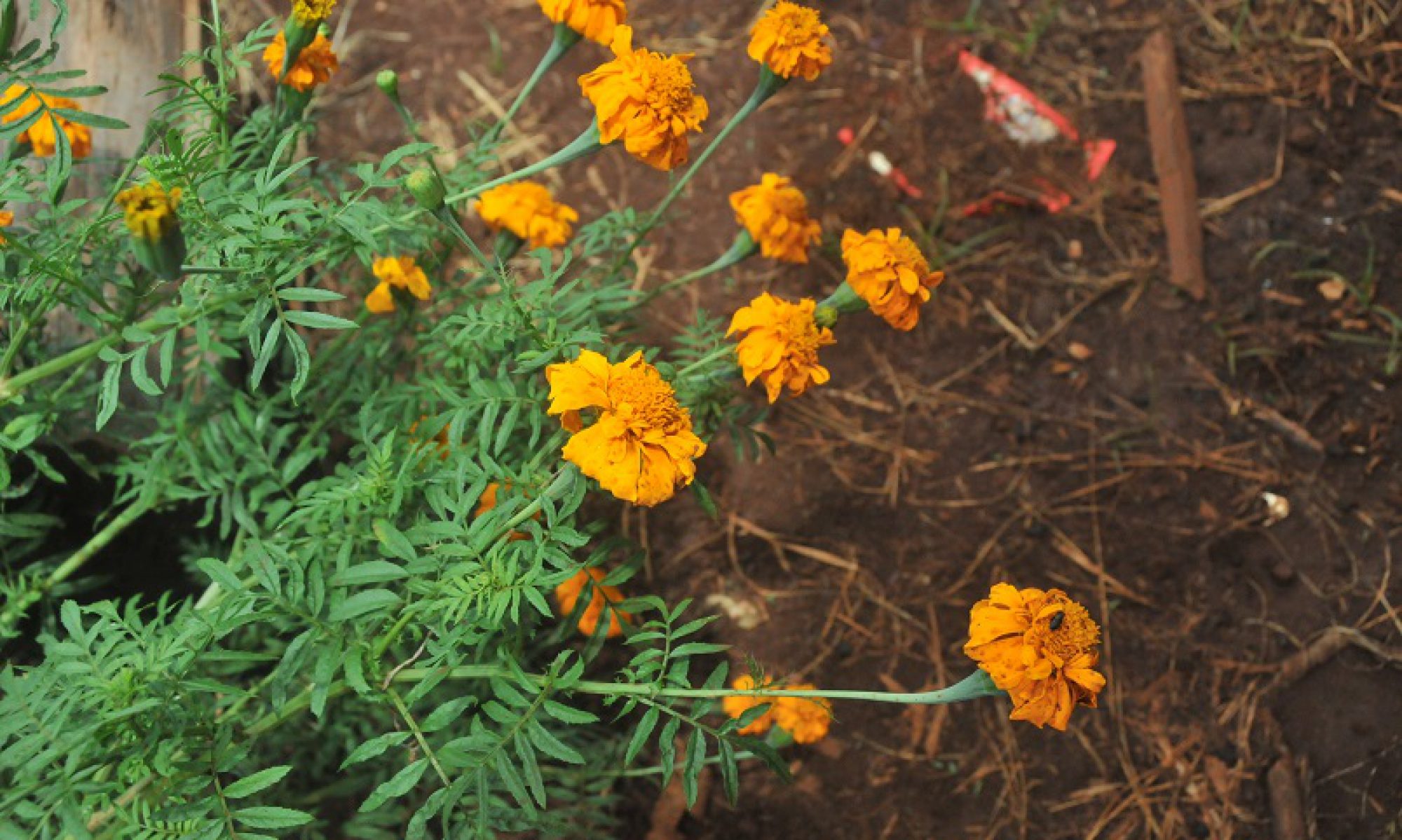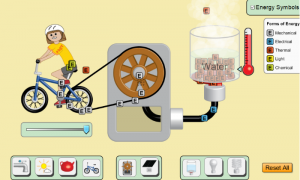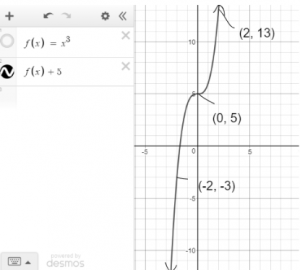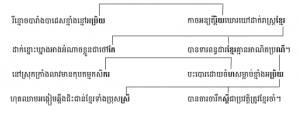This assignment is to write an argumentative essay whether genetic engineering should be used. Every student wrote an essay based on their research or/and opinion and we had a debate on this topic. At the end of the debate, we had agreed upon creating an organization that would in charge of all scientific research. We believe that science research should be a resource that share between all researchers in a database.
Un-Ethical Usage of Genetically Modified Organisms
Does banana suppose to have seeds? The answer is yes, or at least before scientists had genetically modified the fruit. The commercial bananas that we found in our local market have small specks of black dots, that was supposed to be the seed of the fruit. Now, we can only find seeds, usually around 1 cm in diameter, within wild banana species. Genetic recombination had dated back to over 30,000 years ago when humans altered gene of wild organisms to domesticate them through a process of selective breeding. However, scientists started to directly alter the DNA of organisms in 1973, by replacing different genes within the DNA strand. Currently, genetic engineering is a gateway for scientists to help combating malnutrition, disease, and climate change. However, scientists don’t stop with just plants, genetic-modified animal has become a common research topic within genetic engineering. This alteration mainly focusing on affecting the gene of the organism’s offspring such as to reduce/increase the lifespan of a species, to change in the likelihood of produce male/female offspring, or to completely add a new characteristic/traits to that animal. With such a big range of alternatives of which genetic engineering can cover, there should be a border as to what scientist can do.
In 1990, European scientists had worked on a project that believed, to be the rice that could save a million kids a year, to combat vitamin A deficiency. This Golden Rice is conventional rice that had been altered to have a rich level of vitamin A. The only difference between white rice and this genetically modified rice is the presence of beta-carotene which helps to enrich vitamin A. There are two versions of transgenes that achieve this goal; one is to a gene from corn and another from an ingested soil bacterium, which helps rice to produce beta-carotene by allowing rice to activate its metabolic carotenoid pathway. This project created with an aim to help children that suffer from vitamin A deficiency which could lead to childhood blindness, weak immune system, and increase the vulnerability to illnesses such as measles, respiratory infections, and diarrhea which sometimes result in death. However, currently, there only a few nations that publicly announced that the Golden Rice is safe to consume in countries such as: Australia, Canada, New Zealand, the United States, Philippines, and Bangladesh. Thereby, the Golden Rice still not available for distribution or on the market, showing that nations that needed this bioengineered rice the most still don’t have access to it.
On the other hand, as the global temperature increases, scientists have been working on food production for the future. Altering genes of different crops to adapt to climate change. The increase of drought and the elevation of carbon dioxide and ozone level are few of the outcomes of climate change. Therefore, scientists have been working on altering genes of crops to build a tolerance to a lower level of precipitation, higher exposure to sunlight, and lower accessibility to nutrient. However, this ambition is rather difficult to achieve as scientists are limited to exploiting the existing genetic variation to only those crops that are very close relatives. Furthermore, within the unpredictable environmental stress, scientists are still struggling to find specific gene recombination that allows adapting to a large range of environmental stress. In addition, with the current GMO crops are still significantly more expensive than conventional crops, most farmers still couldn’t afford the GMO even though, it could lead to higher yield and product quality. Therefore, this aspect of gene modification might not be necessary. Why do scientists spend large expense, resources, and time on something that couldn’t be implemented besides from a higher economic country?
The number of cases of mosquitoes borne diseases has been increased for this past decade, and it is no surprise to know that scientists had genetically modified the gene of this nuisance insect. With up to 91 countries had suffered from mosquitoes borne-disease epidemic, Oxitec had genetically engineered Aedes aegypti, a vector of dengue virus, specifically males, to that they carry a lethal gene and release them to breed with the wild females. When offsprings inherited this gene, they would die in the larval stage. Which leads to a 5o percents decrease in the population. This same technology has proven to have a greater impact in other countries such as the Cayman Islands, Brazil, Malaysia, and Panama, up to 90% of the Aedes aegypti population had lost. Is this the success scientists trying to achieve, to wipe out a species? The most unethical part of this research is the lack of small experimental trials before release GM mosquitoes into the ecosystem. Scientists haven’t studied the relationship between mosquitoes and other species beforehand. Thereby, it still is unclear regarding the impact of the loss of mosquitoes population.
Although, many of the research projects related to genetic engineer have a positive result, successful in that gene alteration projects, the effect of GMO in the ecosystem is still uncertain. There isn’t long enough trails that study introduces a species into the real world, which means that there is a possibility of an adverse effect. Furthermore, genetic engineering is unethical, this technology was created to solve a global issue, but the availability of GM crops/products are still unavailable for the majority of the world.
Works Cited
“Biotechnology for Crop Adaptation.” Climate Technology Centre & Network, 25 Jan. 2019, www.ctc-n.org/technologies/biotechnology-climate-change-adaptation-crops.
“From Corgis to Corn: A Brief Look at the Long History of GMO Technology.” Science in the News, 23 Oct. 2016, sitn.hms.harvard.edu/flash/2015/from-corgis-to-corn-a-brief-look-at-the-long-history-of-gmo-technology/.
“Genetically Modified Mosquito Sparks a Controversy in Florida.” Yale E360, e360.yale.edu/features/genetically_modified_mosquito_sparks_a_controversy_in_florida.
“Golden Rice: The GMO Crop Greenpeace Hates and Humanitarians Love.” Genetic Literacy Project, Genetic Literacy Project, 9 Jan. 2019, geneticliteracyproject.org/2018/02/13/golden-rice-gmo-crop-greenpeace-hates-and-humanitarians-love/.
Mayer, Jorge. “Golden Rice Project.” Why Golden Rice, www.goldenrice.org/.
“The Banana Seed.” ProMusa – the Banana Knowledge Platform, www.promusa.org/The banana seed.




